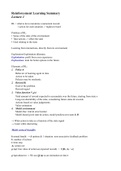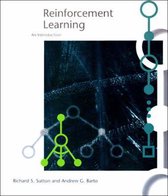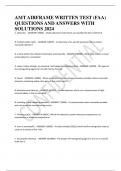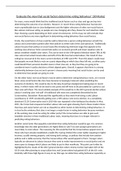Resume
Samenvatting Reinforcement Learning, ISBN: 9780262193986 Reinforcement Learning (6013B0359Y)
- Cours
- Établissement
- Book
Dit is een uitgebreide samenvatting van de lectures van Reinforcement met daarbij nog een aantal tips & aantekeningen. De samenvatting is net zoals het vak in het engels en er zijn veel formules toegevoegd.
[Montrer plus]







